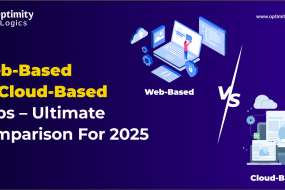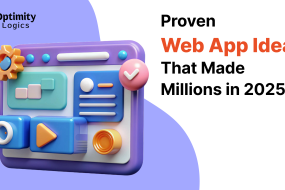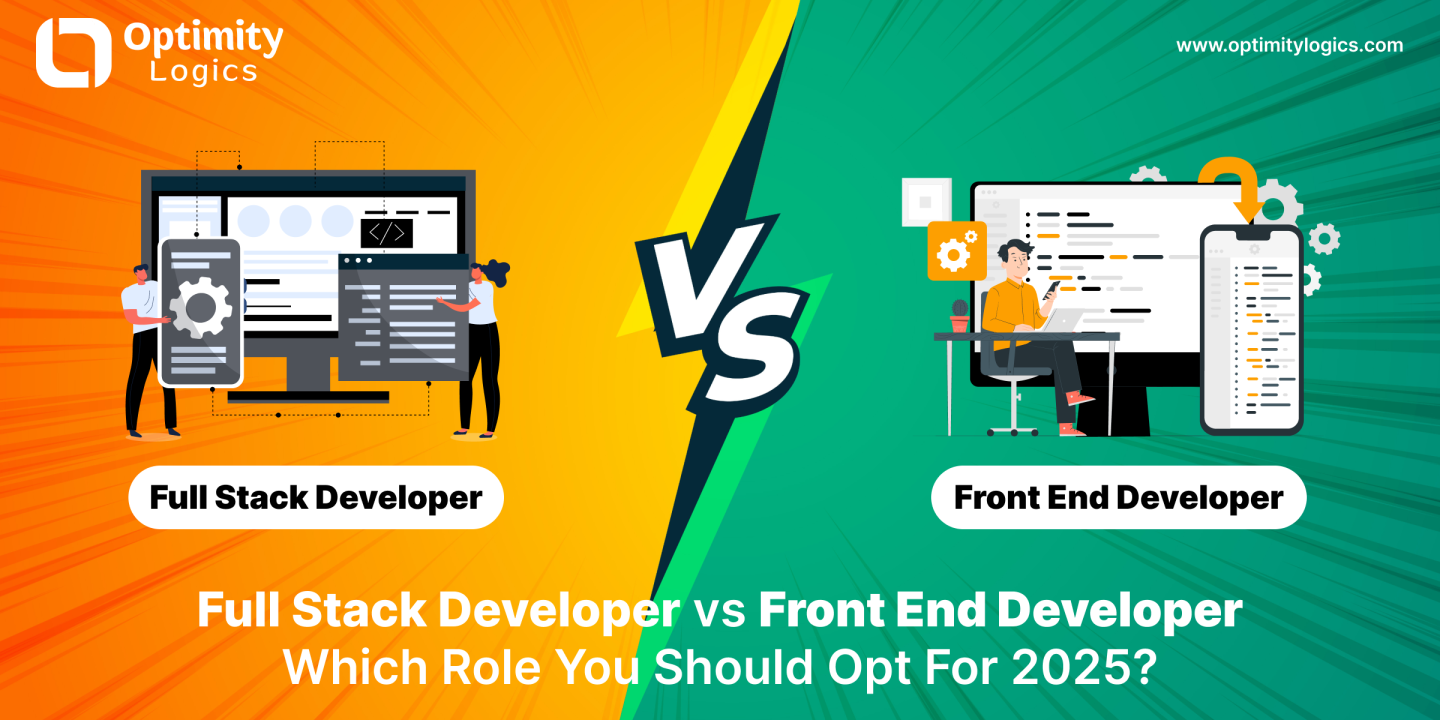
The world of software development continues to evolve at a breathtaking pace, and with it, the roles of developers are shifting in scope and demand. As we look ahead to 2025, one of the most common dilemmas aspiring developers and career-switchers face is: Should you become a Full Stack Developer or a Front End Developer?
Each path offers unique opportunities, challenges, and skill requirements, but your choice should ultimately align with your interests, career aspirations, and the evolving demands of the tech industry. In this article, we’ll explore what each role entails, how the job market is changing, salary expectations, and the pros and cons to help you make an informed decision.
What is a Front End Developer?
A Front End Developer focuses on building the parts of a website or application that users interact with directly. This includes the layout, design, animations, responsiveness, and overall user experience. Front end development is all about what you see on the screen, making it a blend of creativity and technical expertise.
Core responsibilities include:
- Developing responsive and intuitive interfaces using HTML, CSS, and JavaScript.
- Implementing design mockups from tools like Figma, Adobe XD, or Sketch.
- Ensuring cross-browser and cross-device compatibility.
- Optimizing performance to provide smooth user experiences.
- Collaborating with designers and backend developers to integrate APIs and data.
Key technologies for Front End Developers in 2025:
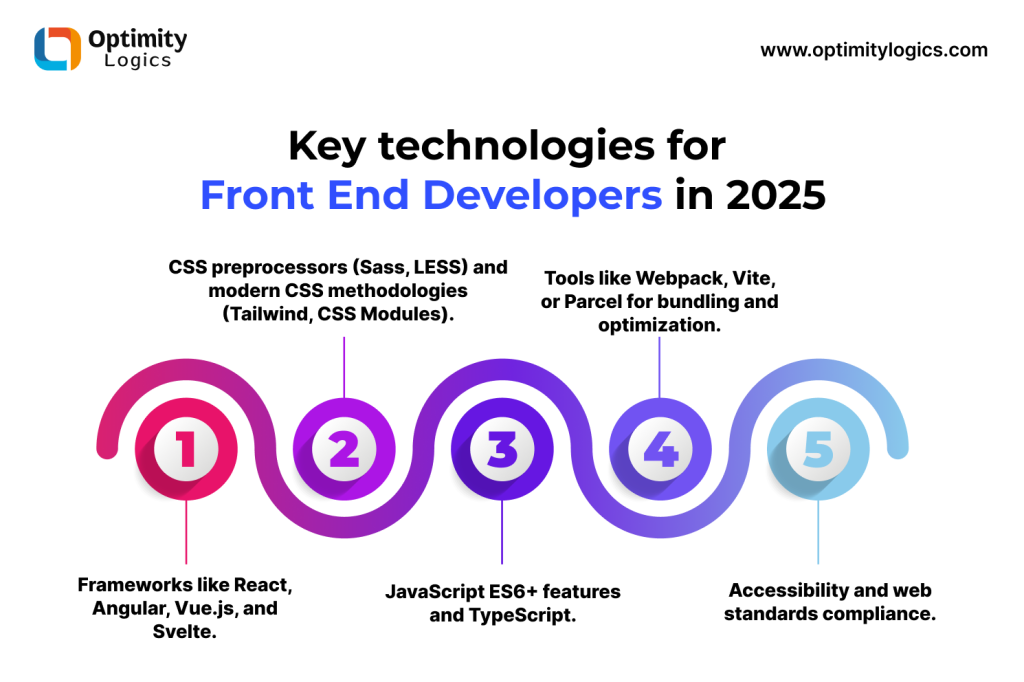
- Frameworks like React, Angular, Vue.js, and Svelte.
- CSS preprocessors (Sass, LESS) and modern CSS methodologies (Tailwind, CSS Modules).
- JavaScript ES6+ features and TypeScript.
- Tools like Webpack, Vite, or Parcel for bundling and optimization.
- Accessibility and web standards compliance.
Who should choose Front End Development?
If you have an eye for design, love crafting engaging user interfaces, enjoy seeing the direct impact of your work on users, and prefer working closely with designers, front end development might be your ideal path.
What is a Full Stack Developer?
A Full Stack Developer works across both the front end and back end of web applications, often handling everything from building user interfaces to setting up servers, databases, and APIs. In other words, they’re generalists who understand the entire application lifecycle.
Core responsibilities include:
- Developing the front end with modern JavaScript frameworks.
- Building and maintaining server-side logic using languages like Node.js, Python (Django/Flask), Ruby on Rails, or PHP (Laravel).
- Designing and managing databases such as MongoDB, MySQL, PostgreSQL, or Redis.
- Integrating front end and back end components through REST or GraphQL APIs.
- Deploying applications to cloud services like AWS, Azure, or Google Cloud.
- Writing automated tests and managing CI/CD pipelines.
Key technologies for Full Stack Developers in 2025
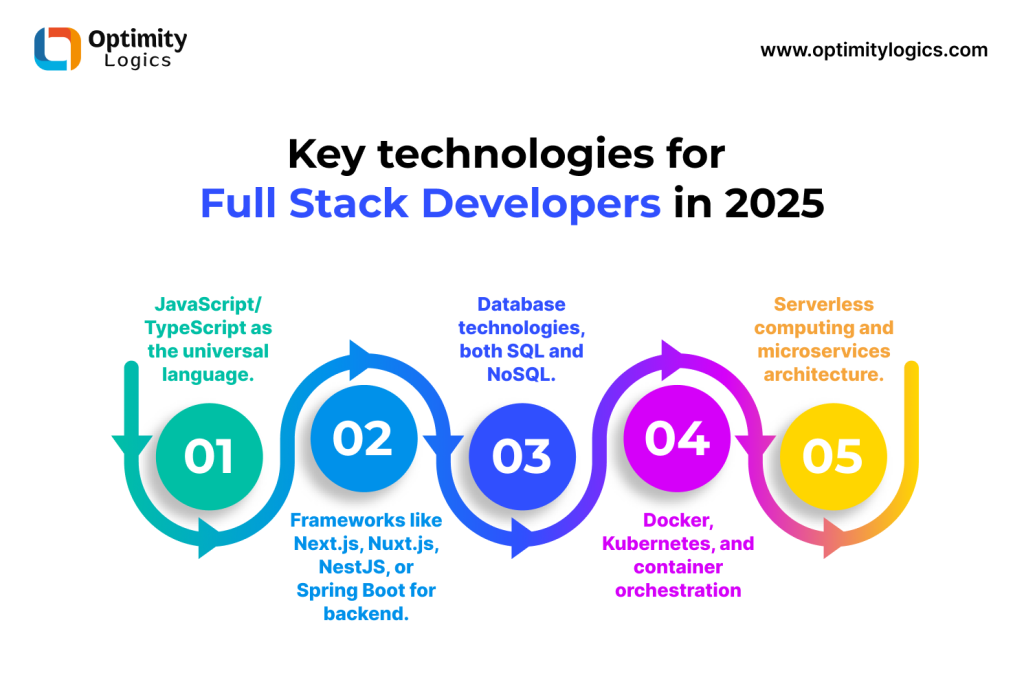
- JavaScript/TypeScript as the universal language.
- Frameworks like Next.js, Nuxt.js, NestJS, or Spring Boot for backend.
- Database technologies, both SQL and NoSQL.
- Docker, Kubernetes, and container orchestration.
- Serverless computing and microservices architecture.
Who should choose Full Stack Development?
If you’re curious about the entire tech stack, love solving complex problems, enjoy building features end-to-end, and want flexibility to work on various parts of a project, full stack development could be your best fit.
Market Demand and Opportunities in 2025
The demand for both Front End and Full Stack Developers will continue to rise, but with subtle differences:
- Front End Developers are increasingly sought-after in companies focused on user-centric products, like e-commerce, SaaS, and digital media, where excellent UI/UX is essential for customer retention.
- Full Stack Developers remain a hot commodity in startups and agile teams that need versatile developers to handle multiple layers of the application without hiring specialized staff for every component.
However, the trend toward microservices, cloud-native applications, and JAMstack architecture is blurring the lines between traditional front end and back end roles, pushing developers to learn beyond their initial specialization.
Salary Expectations
While salaries vary greatly by region, experience, and industry, here’s a general comparison for 2025 based on current and projected market trends:
- Front End Developer salary range (mid-level): $70,000 – $120,000 per year in the U.S.
- Full Stack Developer salary range (mid-level): $85,000 – $140,000 per year in the U.S.
Full Stack Developers tend to command higher average salaries due to their broader skill set, but Front End Developers specializing in frameworks like React or Angular with strong design skills can often match or exceed Full Stack salaries.
Pros and Cons of Each Role
Front End Developer
Pros:
✅ Focus on creativity, design, and user experience.
✅ Faster feedback loop from visual work.
✅ Simpler learning curve if you’re starting with web development.
✅ High demand in design-driven industries.
Cons:
❌ Can feel repetitive if projects use similar layouts and UI patterns.
❌ Limited exposure to server-side logic and system architecture.
Full Stack Developer
Pros:
✅ Versatile skill set opens more job opportunities.
✅ Ability to work on complete features from concept to deployment.
✅ Strong foundation for leadership roles like technical lead or CTO.
✅ Often better suited for freelancing or startup environments.
Cons:
❌ Learning curve is steeper due to needing proficiency in both front end and back end.
❌ Risk of becoming a “jack of all trades, master of none” if you spread yourself too thin.
❌ Harder to keep up with fast-paced changes across the entire stack.
Trends Affecting Your Choice in 2025
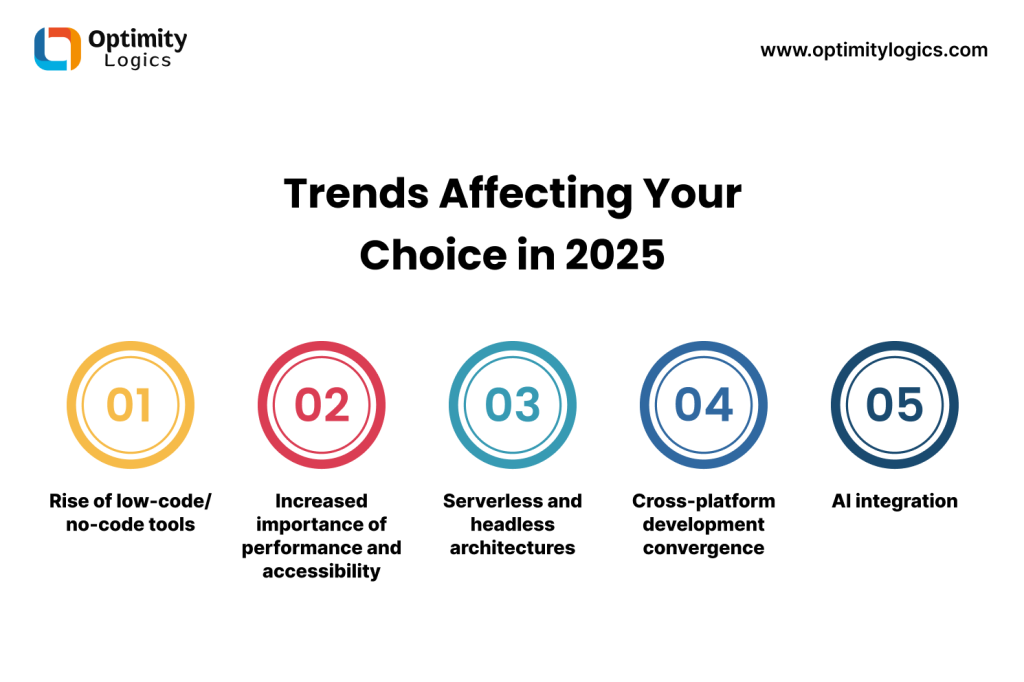
Several trends are shaping the future of software development careers:
- Rise of low-code/no-code tools: Simple web apps and websites can now be built without professional developers. However, businesses still need skilled Front End and Full Stack Developers to build complex, scalable, and secure platforms.
- Increased importance of performance and accessibility: Companies prioritize fast, accessible apps to improve SEO and user retention. This benefits Front End Developers who master performance optimization.
- Serverless and headless architectures: Full Stack Developers familiar with headless CMS, API-first design, and serverless frameworks will thrive in modern tech stacks.
- Cross-platform development convergence: Frameworks like Flutter, React Native, and new solutions like Tauri or Electron bridge web and native apps. Experience with these technologies enhances both Front End and Full Stack Developers’ value, especially for teams offering Mobile app development services.
- AI integration: As AI becomes integral to web and mobile applications, developers with experience connecting AI services to front end interfaces or integrating AI features across the stack will be highly sought after.
Learning Paths and Skills for 2025
To become a Front End Developer
- Master HTML, CSS, and JavaScript fundamentals.
- Learn at least one modern framework/library (React, Vue, or Angular).
- Understand state management patterns (Redux, Pinia, or Context API).
- Learn accessibility best practices (WCAG guidelines).
- Familiarize yourself with performance optimization, SEO basics, and web security.
To become a Full Stack Developer
- Cover everything in the front end path above.
- Learn a back end language like Node.js (JavaScript), Python, Java, or Go.
- Understand RESTful and GraphQL APIs.
- Get comfortable with relational (PostgreSQL, MySQL) and NoSQL databases (MongoDB, DynamoDB).
- Learn about cloud hosting, DevOps basics (CI/CD, Docker), and authentication strategies.
- Understand application architecture patterns like MVC and microservices.
Conclusion: Which Should You Choose?
The choice between becoming a Front End Developer or a Full Stack Developer in 2025 ultimately depends on your interests and career goals:
- Choose Front End Development if you:
- Love crafting engaging, pixel-perfect user interfaces.
- Enjoy design and want to collaborate closely with creative teams.
- Prefer specializing deeply in technologies that directly impact user experience.
- Choose Full Stack Development if you:
- Want to build features end-to-end.
- Enjoy learning new technologies across the entire software stack.
- Aspire to work in startups, freelance projects, or technical leadership roles.
No matter which path you take, investing in continuous learning will be the key to staying relevant. Technologies evolve rapidly, but developers who adapt, practice problem-solving, and build strong portfolios will remain in demand.
And don’t forget: whether you focus on crafting beautiful interfaces or building scalable, data-driven applications, your work will be at the heart of creating digital products people use every day.
So, explore both worlds, experiment with projects, and choose the path that aligns best with your passion. After all, the best developer career is the one you’re excited to wake up to every day.
Whether you’re looking to specialize in custom web development or deliver end-to-end solutions for clients with mobile app development services, both Front End and Full Stack roles offer rewarding, future-proof career options as we move into 2025 and beyond.


